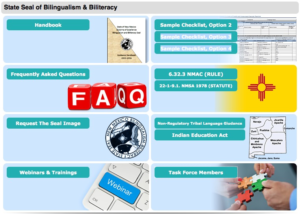Enter TSAS Questionnaire responses online now: ALD4ALL teachers should use this online form
Enter TSAS Questionnaire responses online now: Any and all participants may use this form
Download the TSAS Scales questionnaire:
PDF: tsas-scales-spring-2016
TSAS-NMTEACH Summary Worksheet (blank, elements plus addendum questions):
PDF: tsas-summary-sheet-2016.pdf
TSAS Overview (this document updated as needed):
PDF: tsas-overview-2016.pdf
TSAS Guidance (this document updated as needed):
PDF: tsas-guidance-2016.pdf
TSAS Powerpoint (slideshow):
ald4all.positivepractices.com/tsas-powerpoint.pptx
Download the latest NMTEACH Full Rubric
(Version Aug. 19, 2015):
PDF: nmteach-full-rubric-20150819
PED NMTEACH Portal Entry (Updated: August 2019):
webnew.ped.state.nm.us/bureaus/educator-growth-development/nmteach/
Download the Teacher-Efficacy Research Summary from the journal Principal:
Teacher_Efficacy_What_is_it_and_Does_it_Matter.pdf
All links above in one place (updated as needed):
ald4all.positivepractices.com/tsas-links

